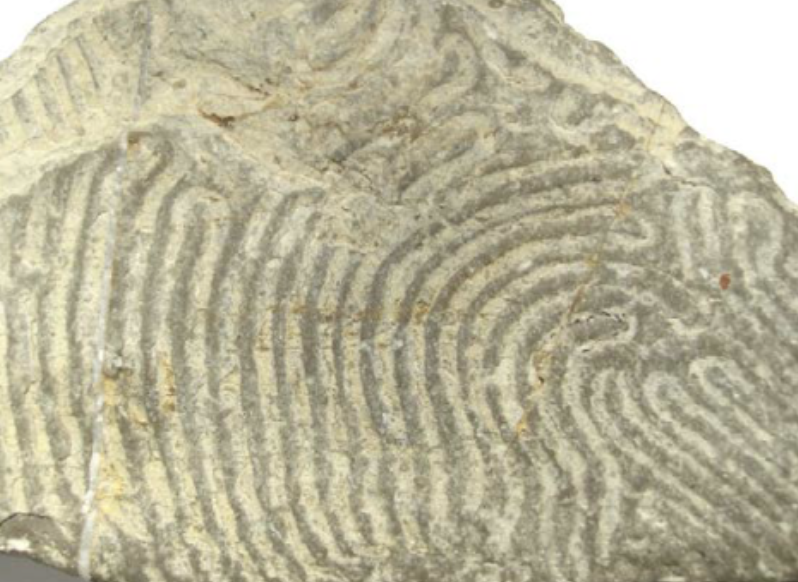Chapter 12: Fossils and Deep Time
1/10
There's no tags or description
Looks like no tags are added yet.
Name | Mastery | Learn | Test | Matching | Spaced |
|---|
No study sessions yet.
11 Terms
fossils
remnants or traces of ancient living organisms, which were buried in sediment or other Earth materials and preserved after lithification
most represent extinct species
provide insights to nature of ancient life and ecosystems that hosted the organisms
fossils and time sequence
sequence of sedimentary strata: fossil species in lower beds differ from those in higher beds → time sequence
fossil successions
progressive changes in shape and size of individual species & in populations of organisms
deep time
document the evolution of organisms & environments over geological timescales
fossilization
transformation of the remains of organisms or of traces left behind by them, into a fossil
fossils mostly found in sedimentary rocks
preservation in sedimentary rocks
burial through deposition of sediment → lithification
e.g: preservation in permafrost

fossils allow for reconstruction of organisms, including those that may be extinct (wooly mammoth)
different types of fossilization/preservation
preservation in ice (Iceman)
preservation in peat bogs (Weerdinge Men and Meenybraddan Woman)
preservation in volcanic tuff (Pompeii, ITA)
burial through deposition of volcanic ash → lithification
preservation in amber
amber = fossilized tree resin → resin is a fossil
many fossils, mostly insects enclosed in amber
types of fossils
body fossils
molds
trace fossils (footprints, burrows, feeding traces)
excrements
eggs and nests
body fossils
Belemnites = hard internal skeleton of squid-like animals

fossil plankton shells (microfossils)
trace fossils
horizontal burrows developed on or just below seabed
created by an unknown animal
feeding traces of invertebrates on the bedding planes of fine-grained sedimentary rocks

excrements
fossilized feces (Corprolites)
eggs and nests
nest of dinosaur eggs